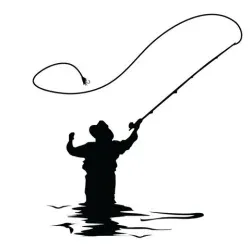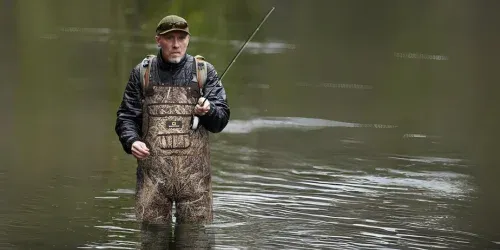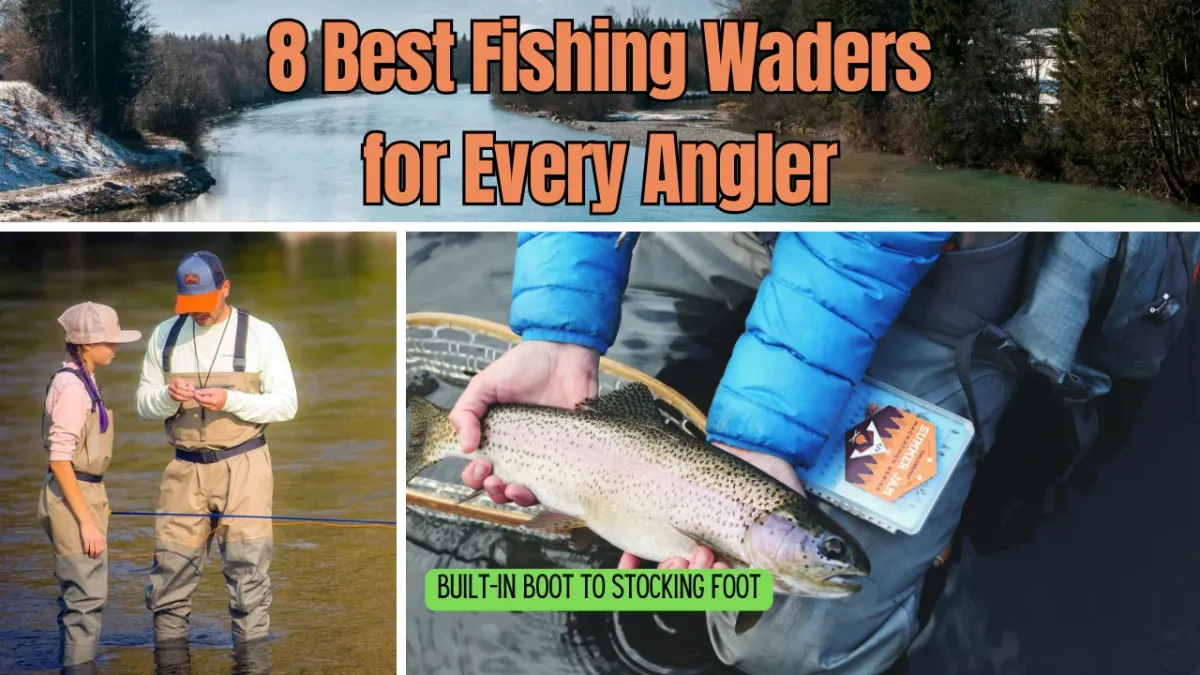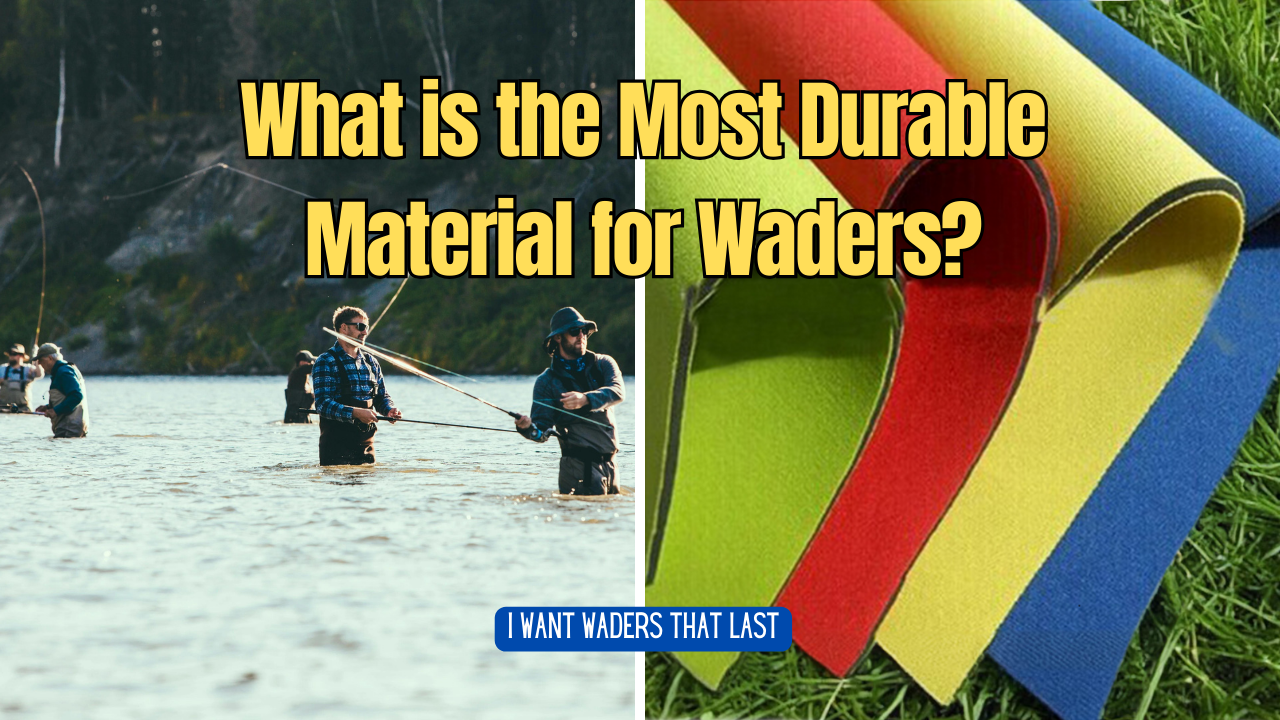When it comes to outdoor activities like fishing, duck hunting, or kayaking, staying dry is paramount. One common question that arises is, "Do you get wet with neoprene waders?" This article delves into the specifics of neoprene waders, their waterproof nature, and how they compare to breathable waders. We'll also explore practical tips for maintaining your waders to ensure they serve you well through many seasons.
Key Takeaways:
- Neoprene waders are designed to keep you dry and warm, especially in cold weather conditions.
- The waterproof nature of neoprene waders makes them ideal for activities like duck hunting and fishing.
- Proper fit and maintenance are crucial to ensure the effectiveness of neoprene waders.

What Are Neoprene Waders?
Neoprene waders are made from a synthetic rubber material known for its insulation properties. This material is particularly effective in cold weather, keeping your body warm even when you're wading through icy waters. The thickness of neoprene waders can vary, typically ranging from 3mm to 5mm, providing different levels of insulation based on your needs.
The waterproof nature of neoprene waders is one of their standout features. Unlike breathable waders, which allow moisture to escape, neoprene waders are designed to keep water out entirely. This makes them an excellent choice for activities where staying dry is crucial, such as duck hunting or surf fishing.

How Do Neoprene Waders Keep You Dry?
The primary function of neoprene waders is to keep you dry by creating a waterproof barrier between you and the water. The material itself is impermeable to water, and the seams are sealed to prevent any leaks. This ensures that no water can penetrate the waders, keeping you dry even in the wettest conditions.
However, it's essential to ensure that your neoprene waders fit snugly. A loose fit can allow water to seep in through the top or the booties, defeating the purpose of wearing waders. Always opt for a pair that fits well and provides a tight seal around your body to maximize their effectiveness.
Comparing Neoprene and Breathable Waders
While neoprene waders are excellent for cold weather, breathable waders offer a different set of advantages. Breathable waders are made from materials that allow moisture to escape, making them ideal for warmer conditions. They wick moisture away from your body, keeping you dry from sweat while still providing a barrier against external water.
Breathable waders are generally lighter and more comfortable for extended wear. However, they may not offer the same level of insulation as neoprene waders, making them less suitable for cold weather activities. Choosing between neoprene and breathable waders depends on the specific conditions you'll be facing and your personal comfort preferences.
The Importance of Sealed Seams
One of the critical aspects of neoprene waders is the sealed seams. These seams are meticulously designed to prevent any water from entering the waders. The stitching is often reinforced with additional layers of neoprene or other waterproof materials to ensure a robust seal.
Sealed seams are particularly important in high-stress areas like the crotch and knees, where movement can cause wear and tear. Regularly inspecting these seams for any signs of damage and addressing them promptly can extend the life of your waders and keep you dry.
Choosing the Right Thickness
The thickness of neoprene waders plays a significant role in their insulation properties. Thicker waders, such as those with 5mm neoprene, provide more insulation and are ideal for extremely cold conditions. On the other hand, 3mm neoprene waders offer a balance between insulation and flexibility, making them suitable for a wider range of activities.
When selecting the thickness, consider the specific conditions you'll be facing. For instance, if you're planning to hunt in icy waters, opt for thicker waders. Conversely, for activities like surf fishing in milder conditions, a thinner pair may suffice.
The Role of Insulation
Insulation is a crucial factor in keeping you warm while wearing neoprene waders. The neoprene material itself acts as an insulator, trapping a layer of water between your body and the waders. This water is then warmed by your body heat, creating a thermal barrier that keeps you warm even in cold water.
For added warmth, consider wearing wool socks or Thinsulate-lined booties. These materials provide additional insulation and help wick moisture away from your feet, keeping them dry and comfortable throughout your activity.
Proper Fit and Comfort
A proper fit is essential for the effectiveness of neoprene waders. Ill-fitting waders can cause discomfort and allow water to seep in, compromising their waterproof nature. When trying on a new pair, ensure that they fit snugly around your body without being too tight.
Pay particular attention to the fit around your feet and ankles. Wader boots should provide a snug fit to prevent water from entering, but they should also be comfortable enough for extended wear. Consider wearing lightweight socks to enhance comfort and prevent your feet from sweating.
Maintenance and Care
Proper maintenance is crucial to extend the life of your neoprene waders. After each use, rinse them with fresh water to remove any dirt or debris. Hang them to dry in a well-ventilated area, avoiding direct sunlight, which can degrade the material over time.
Regularly inspect your waders for any signs of wear and tear, particularly around the seams and high-stress areas. Addressing any issues promptly can prevent small problems from becoming significant leaks, ensuring that your waders remain effective in keeping you dry.
Common Issues and Solutions
One common issue with neoprene waders is the potential for leaks. Even the smallest puncture can compromise their waterproof nature. If you notice any dampness while wearing your waders, inspect them for any holes or tears and patch them up using a neoprene repair kit.
Another issue is the buildup of odor over time. Neoprene can trap sweat and moisture, leading to unpleasant smells. To combat this, regularly clean your waders with a mild detergent and allow them to dry thoroughly before storing them.
The Benefits of Neoprene Waders
Neoprene waders offer several benefits, particularly for cold weather activities. Their insulation properties keep you warm, while their waterproof nature ensures that you stay dry. They are also durable and can withstand the rigors of outdoor activities like duck hunting and fishing.
Additionally, neoprene waders provide a degree of buoyancy, which can be beneficial in water-based activities. This buoyancy can help keep you afloat, adding an extra layer of safety when wading through deep or fast-moving water.
Ideal Activities for Neoprene Waders
Neoprene waders are particularly well-suited for activities that involve cold water. Duck hunting, for instance, often requires wading through icy marshes and ponds. The insulation provided by neoprene waders can keep you warm and comfortable throughout your hunt.
Fishing is another activity where neoprene waders excel. Whether you're fly fishing in a cold river or surf fishing in the ocean, neoprene waders can keep you dry and warm, allowing you to focus on your catch rather than the cold.
Comparing Neoprene to Other Materials
While neoprene is an excellent choice for cold weather, other materials may be more suitable for different conditions. Breathable waders, for example, are made from materials like Gore-Tex that allow moisture to escape, making them ideal for warmer weather.
Rubber waders are another option, offering durability and waterproofing but lacking the insulation properties of neoprene. When choosing waders, consider the specific conditions you'll be facing and select the material that best meets your needs.
The Role of Accessories
Accessories can enhance the functionality and comfort of your neoprene waders. For instance, wearing a wading belt can help keep water out if you happen to fall into the water. Neoprene gloves and jackets can provide additional insulation, keeping you warm in extremely cold conditions.
Booties and socks are also essential accessories. Thinsulate-lined booties can provide extra warmth, while wool socks can wick moisture away from your feet, keeping them dry and comfortable.
The Importance of Layering
Layering is crucial when wearing neoprene waders, particularly in cold weather. Start with a moisture-wicking base layer to keep sweat away from your skin. Add an insulating layer, such as fleece or wool, to provide additional warmth. Finally, your neoprene waders will act as the outer layer, providing waterproofing and insulation.
Proper layering can enhance the effectiveness of your waders, keeping you warm and dry even in the harshest conditions. Experiment with different layers to find the combination that works best for you.
The Impact of Fit on Performance
The fit of your neoprene waders can significantly impact their performance. A snug fit ensures that the waders stay in place and provide a tight seal against water. However, they should not be so tight that they restrict your movement or cause discomfort.
When trying on waders, move around to ensure they allow for a full range of motion. Squat, bend, and walk to test their flexibility and comfort. A well-fitting pair of waders can make all the difference in your outdoor experience.

Summary
Neoprene waders are a fantastic choice for staying dry and warm during cold weather activities like duck hunting and fishing. Their waterproof nature and insulation properties make them ideal for wading through icy waters. Proper fit and maintenance are crucial to ensure their effectiveness, and accessories like wool socks and Thinsulate-lined booties can enhance their performance. By understanding the benefits and limitations of neoprene waders, you can make an informed decision and enjoy your outdoor adventures to the fullest.

FAQs
Do neoprene waders keep you completely dry?
Yes, neoprene waders are designed to keep you completely dry by creating a waterproof barrier. However, proper fit and maintenance are essential to ensure their effectiveness.
How do I maintain my neoprene waders?
Rinse your waders with fresh water after each use and hang them to dry in a well-ventilated area. Regularly inspect them for any signs of wear and tear and address any issues promptly.
Can I wear neoprene waders in warm weather?
While neoprene waders are excellent for cold weather, they may not be as comfortable in warm conditions. Breathable waders are a better option for warmer weather as they allow moisture to escape, keeping you dry from sweat.
Related articles:












